Falvey Welcomes its New Interim Director
Robert DeVos, PhD, associate vice president for instructional analysis, professor, mathematics and statistics, became Falvey Memorial Library’s new interim director this summer. He has accepted this new role in addition to his existing responsibilities with the College of Liberal Arts and Sciences. Dr. DeVos agreed to an interview to discuss his new position.
GD (Gerald Dierkes)—Why did you take on the role of interim library director?
RD—I have worked closely with [Rev. Kail C. Ellis, PhD, OSA, vice president for academic affairs, Department of Political Science] since 1997 as associate dean when he was the dean and again for the last 3 years as associate vice president and he as the VPAA. He asked me to take on the additional responsibility and I accepted it.
GD—What do you consider the library director’s role/purpose at Falvey Memorial Library?
RD—I can only give you my perspective. Anyone in an administrative position has the responsibility of dealing with resources. These resources can be people, money, equipment, etcetera. The library director’s position is to administer the resources given to the Library. These involve trying to make good decisions:
- On hiring (There are several vacancies, and I felt strongly that we should hire permanent staff in the non-librarian positions. A new director might change how the Library functions with regard to librarians, but the non-librarian staff will be needed independent of a new direction for the Library);
- On the use of current staff;
- On space allocations (possible change in some office space); and
- On the use of the budget.
GD—What do you find most exciting about this job? Why?
RD—I have had many roles at VU and enjoy the challenge of learning something new. In all of my previous roles, I have found that when I leave a position, I leave with having made some new friends. I look forward to that happening here.
GD—What about the Library surprised you when you started working here?
RD—The many different roles of the librarians—I did not know much about the large educational role that they carry. I also was surprised as to the many events run by the Library.
GD—What do you consider the Library’s role/purpose at VU? What do you think are the major issues facing the Library today?
RD—I will mention a few major issues that I see.
1. Given the changes in administration, the morale is low. This is
…..difficult to change, but I hope by being open and available we
…..can move forward.
2. Structure of the staff: When the new director is appointed, that
…..person will probably reorganize. I am trying to make things work
…..and will avoid a reorganization since we can’t keep changing.
3. Resources: With budgets being cut or not rising at the same level
…..as costs, journals, etc. need to be cut. Space is always a problem.
4. OLE [Open Library Environment]: Many staff want to implement
…..[OLE] next summer, but there are also a large number who are
…..saying let’s wait. I am having difficulty in knowing the best path.
GD—What is an area of improvement you would like to make in the Library?
RD—Ask me this in a few months.
GD—What role does/will the Library have in Villanova University’s Strategic plan, for example, to become a national research university?
RD—One cannot have quality programs without journals, data bases and books. These costs need to be built into the budget as programs are added. Whenever any new degree is proposed, the library director does get to comment. That person should make sure these costs are added.
Although the library staff knows that at some point a new, permanent library director will be hired, it’s been challenging not knowing who or when, or what changes to the Library that person will make. It helps to have an interim library director who recognizes and understands this challenge. The library staff is grateful for Dr. DeVos, his leadership and his support.
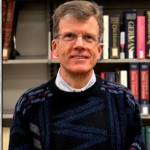 Article by Gerald Dierkes, senior copy-editor for the Communication and Service Promotion team and a liaison to the Department of Theater.
Article by Gerald Dierkes, senior copy-editor for the Communication and Service Promotion team and a liaison to the Department of Theater.
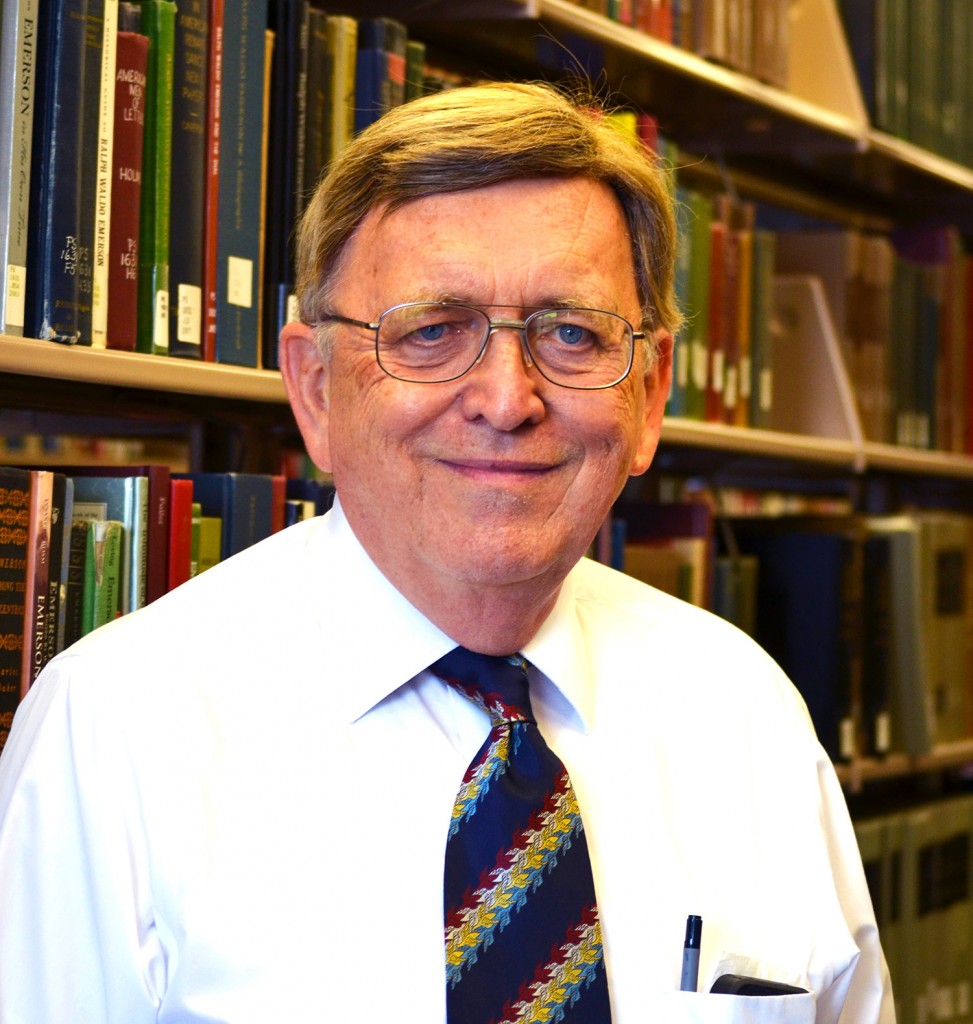

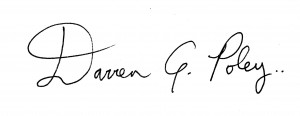
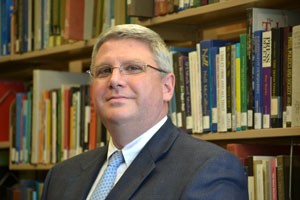




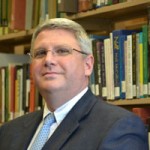


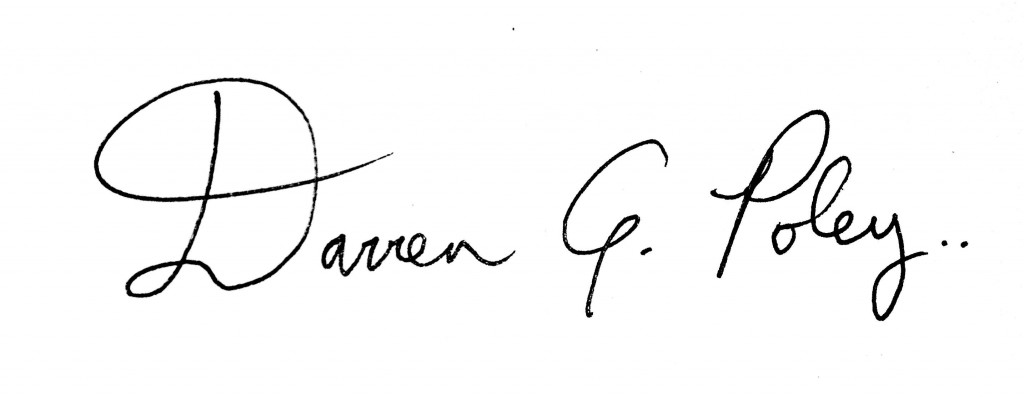

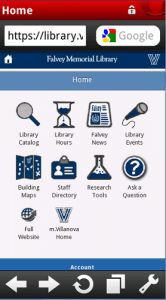
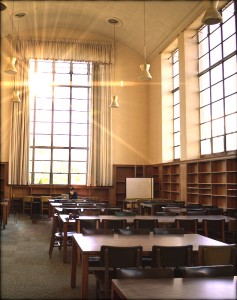


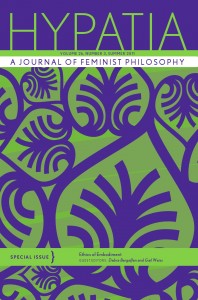
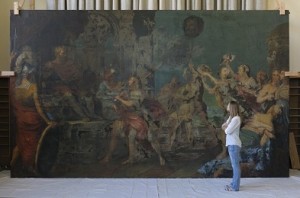



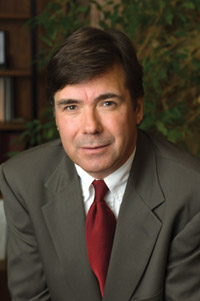 Libraries have always been expensive to operate. Acquiring, managing and storing large collections of print books and bound journals, done on any significant scale, have substantial associated costs. But one of the fuzzier aspects of cost analysis for a library has involved determining the ongoing, annual expense of keeping items in the “warehouse.”
Libraries have always been expensive to operate. Acquiring, managing and storing large collections of print books and bound journals, done on any significant scale, have substantial associated costs. But one of the fuzzier aspects of cost analysis for a library has involved determining the ongoing, annual expense of keeping items in the “warehouse.”